
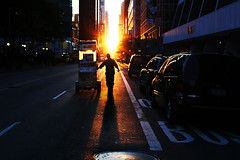



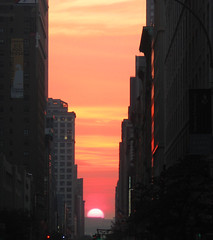



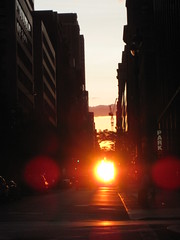


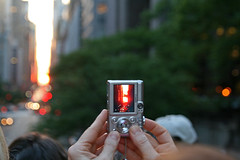


A geographile is someone who really likes geography.















It was a little after 8pm when the water started flowing through the pipe running beneath the dirt streets of Bhopal's Sanjay Nagar slum. After days without a drop of water, the Malviya family were the first to reach the hole they had drilled in the pipe, filling what containers they had as quickly as they could. Within minutes, three of them were dead, hacked to death by angry neighbours who accused them of stealing water.
I have visited those falls more times than I know, as my mom grew up in Modoc County and I grew up in Redding, and Mom took us to Burney as often as we could go, pretty much.
Sometimes I google around from photos, just because Burney Falls is sort of my church, it's one of my favorite places in the world, and just looking at photos is sometimes enough to help me feel cool and peaceful.
And this is the best picture of my wonderful falls that I've ever, ever seen. Thank you so much.


Juana Combata used to cross the valley almost every day with her family-- hanging on to the cable that links her community to the rest of the world. But one day in June of last year, things changed.
A piece of steel holding the plank holding Juana, her husband, and her 3-year-old son, broke, and they plummeted nearly 100 feet to the shore of the river, hitting the rocks below.
Her 3-year-old child died instantly.
Juana and her husband Edwin survived with some injuries.
"Nowadays I don't cross the cable that much, I'm afraid since I fell down. If I have to do it I go alone, I fell with my son, my husband... so now I just grab my baby and go alone with him."
Although Bolivia has a decent and growing National Parks (NP) system, threats in the form of habitat loss and general degradation due to human activities persist outside protected regions. This ecoregion is threatened because it is easier for local agrarianists to burn this habitat than true montane forest for growing cash crops. In some cases crops and logging have increased due to more intensified road-building efforts. Extensive forest clearance in the Bolivian Andean foothills to cultivate crops has endangered over 70 species of birds, especially in the Departments of La Paz and Cochabamb. Additionally, certain game species from this ecoregion are threatened by over-harvest for protein and/or the wild bird trade.
Visit msnbc.com for Breaking News, World News, and News about the Economy
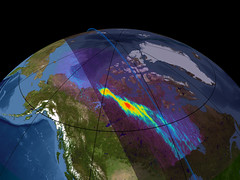
The [Van Allen] belts are a hazard for artificial satellites and moderately dangerous for human beings, difficult and expensive to shield against.
There is a proposal by the late Robert L. Forward called HiVolt which may be a way to drain at least the inner belt to 1% of its natural level within a year. The proposal involves deploying highly electrically charged tethers in orbit. The idea is that the electrons would be deflected by the large electrostatic fields and intersect the atmosphere and harmlessly dissipate.


The eruption plume consists of brown ash. The white cloud cap formed in the air pushed upward by the rising plume in the cold stratosphere. It is a pileus cloud (named for an ancient Greek hat), now being penetrated by the eruption plume. The big ring of clear air around the island formed as the air around the plume moved downward in response. On the ground, three ashflows are moving down the volcano's slopes. The one on the bottom appears to be white with steam.And here is it, caught on camera by folk in the International Space Station, for science, and for our delight.
